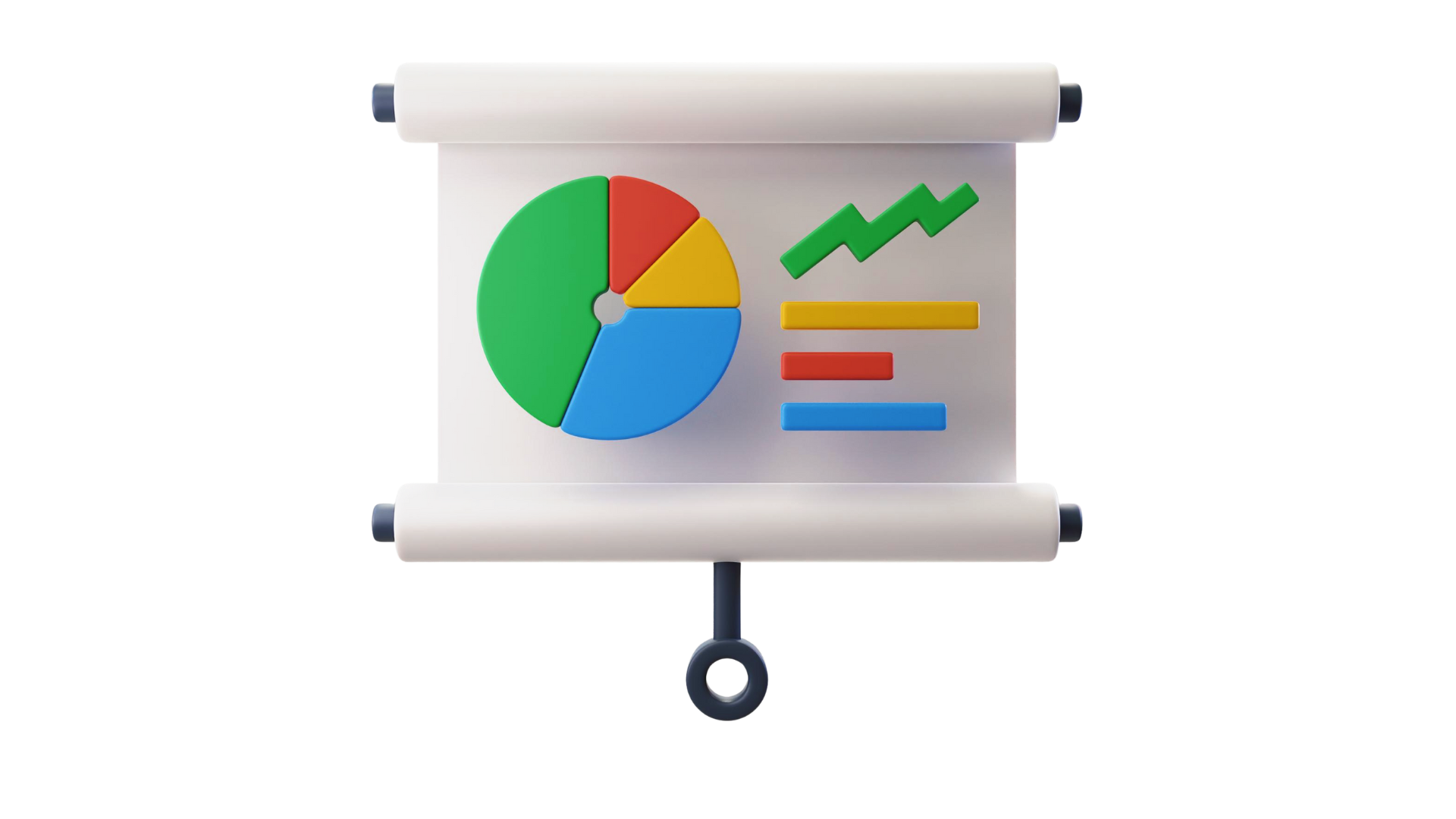There are arguments for and against sending out a pre-read before a meeting. On the one hand, it can help ensure that everyone is generally informed on the background and context before going into the meeting.
However, on the other hand, it can also be seen as a way to avoid actually having to have the meeting if stakeholders feel like they got the information they needed from the pre-read. So, which is it? Should you send out a pre-read before your next meeting? Here's what you need to consider.
What is a pre-read deck?
A pre-read deck is a document that is sent out to meeting attendees before the meeting itself. It typically contains a summary of the topics that will be discussed, as well as any supporting documents or materials that might be relevant. This allows everyone to come into the meeting prepared and ready to discuss the issues at hand.
What is the point of a pre-read?
A pre-read deck is simply a slide deck that you show your audience before your presentation. The purpose of a pre-read deck is twofold: first, it allows you to engage with your audience on the topic of your presentation, and second, it serves as a reminder for you during your presentation.
By providing your audience with a pre-read deck, you are setting the stage for an interactive and engaging presentation. Additionally, having a pre-read deck will help you to stay on track during your presentation and ensure that you cover all of the key points. In short, a pre-read deck is an essential tool for any presenter who wants to ensure a successful presentation.
Pre-reads and my weekly schedule
Every week, I have to publish (aka email) a 30 to 80-page slide deck out to a distribution list of about 50 key stakeholders from the VP/General Manager (who oversees the $1B+ business) all the way through my cross-functional partners (legal, finance, research, analytics, etc.). Every week, it's a non-stop sprint to prepare what we call "the consumption deck."
What is a consumption deck? The contents change every week, but this consumption deck essentially captures the most important drivers (illness, distribution, price, promotion, velocity, paid media, etc). that are affecting the business, along with recommendations about what to do. We have an in-person meeting every other Thursday to talk through my team's findings and recommendations. Consumption is a really big deal at this company, and it's probably one of the best roles to be in to learn about managing a business.
When there's a live meeting, meaning it's in-person and not over Zoom, I have to send out the entire slide deck by the day before 3 pm. The consumption meeting is the following day on Thursday in the afternoon. When I send it out before the live meeting, it is called sending the pre-read because it gives everyone in the meeting a chance to read the contents before the meeting the following day.
❤️Why I love pre-reads
There are three benefits to sending this pre-read.
The first benefit of the pre-read is that the discussion the following day is usually much richer and more detailed. Instead of having to go over what happened, more time can be dedicated to discussing why it happened and what can and should be done about it. It's kind of like a book discussion back in high school English lit.
When everyone's done the assigned reading, the discussion is much more interesting and lively. When only half the class has done the reading, the discussion is a bit choppier, and more time has to be spent going over what happened rather than why or so-what. Sending out the pre-read is a way to improve the quality of the discussion the following day.
Pre-reads are also an opportunity to flex. It shows that you are able to plan, write, edit, re-write, design, get alignment, and manage timelines. By sending out the slide deck the day before the meeting, it shows that you are on top of the work and can get it done before the actual true deadline, which (in my case) would be the actual live meeting on Thursday afternoon.
Of course, it doesn't impress anyone to send out the pre-read on Wednesday by 3 pm because that is the expectation at Abbott. However, given how hectic things can be in brand management (threat of delisting, production challenges, $1MM new sampling opportunity popping up), sometimes other demands take priority at the beginning of the week.
Pre-reads are also a milestone that helps to minimize long hours into the night the evening before the big meeting (though it can still happen for other reasons). Knowing that I have until 3 pm to publish the pre-read every week helps me to manage my time.
On the weeks that we don't have a live meeting, the consumption deck still has to be published, but the deadline is Thursday end of the day. What tends to happen on these off weeks is that the consumption deck creation expands to fill that time up until the very moment it has to be sent out on Thursday.
It's like when you know you have an hour to clean the apartment before guests come over. You'll probably go more slowly, and the cleaning task will fill up the whole hour. If you have just 15 minutes to clean before your guests arrive, then you'll clean and be done in 15 minutes. The consumption deck never feels completely "done" to me, which means that it will take over whatever time I have if I don't have a deadline to be done with it.
😾 Why do I hate pre-reads
For each of the pros of a pre-read I listed above, there's a downside.
There's no guarantee that everyone in the meeting will have done the pre-read. That means that when you're walking through the analysis and recommendations, it's harder to know how to get the messaging right. Should you assume that everyone has the prerequisite knowledge? Or are some people going to be lost because the conversation is advancing too quickly without first getting everyone on the same page? Inevitably, some people in the meeting will have done the pre-read, and some will not have meaning that some will follow what you're saying while others will be flipping around the presentation trying to catch up.
It can also be frustrating as the presenter because although I've spent all this time preparing my content and speaker notes, we might skip over everything and go to the second to last slide and just talk about one specific chart. Even though I carefully wrote (and re-wrote) the presentation to have a compelling story, the discussion might just jump straight ahead to the conclusion.
Since I am someone who is focused on the story, it can be hard to give away the climax or resolution without first being able to frame up what the challenge was. Of course, there is another school of thought in the business world where you start with recommendations and back them up with an analysis. Both can work, depending on the situation and the company culture.
A pre-reads are more of a flex when they're optional because it shows how on top of it you are. When they are an expectation, it's more of another deadline you have to hit rather than an opportunity to "turn in your work early."
A pre-read also shortens the time I have to actually create the presentation because it has to be shared in advance of the meeting. For big projects with month-long timelines, sharing the pre-read before the meeting isn't going to cut down the actual time I have to work on it.
However, for my weekly consumption deck, the difference between sending it out by EOD on Thursday versus 3 pm on Wednesday is significant. During weeks with an in-person meeting, I have to analyze data, synthesize the findings, write the story, and package it all into a 30-80 slide deck.
The data I need isn't even available until noon on Mondays, leaving me only two work days (16 hours) to pull off this gargantuan task. In non-live consumption weeks, that extra time on Wednesday afternoon and all of Thursday (about 8 hours) gives me 50% more time to build the presentation (versus starting at noon on Monday with a Wednesday 3 pm deadline).
And because the slides we create for the consumption deck are very analytical and detailed and can generally stand on their own without a presenter talking through them, I sometimes wonder what the point is of having the in-person meeting.
If the audience can get what they need to know from just reading the slides, is an in-person meeting really required? The fact that there is only an in-person meeting once every two weeks, but I write and publish the consumption deck every week suggests that the answer is... maybe?
🤷♂️Is there a better way?
If it were up to me, I would send out the slide deck after the meeting. Since I'm working cross-functionally to build the deck and prepare the recommendations, there's already a lot of pre-selling and pre-alignment. Nothing in the deck should be a huge surprise when it is presented.
While this is great for me as the presenter, I realize that these meetings aren't really for me. They're for the general manager (GM). And if he or she wants the pre-read before the meeting because they want to be able to preview the contents of the meeting the evening before versus having to process all the information for the first time during the actual meeting, then so be it.
What's your experience with pre-reads? Are they just a necessary evil?








